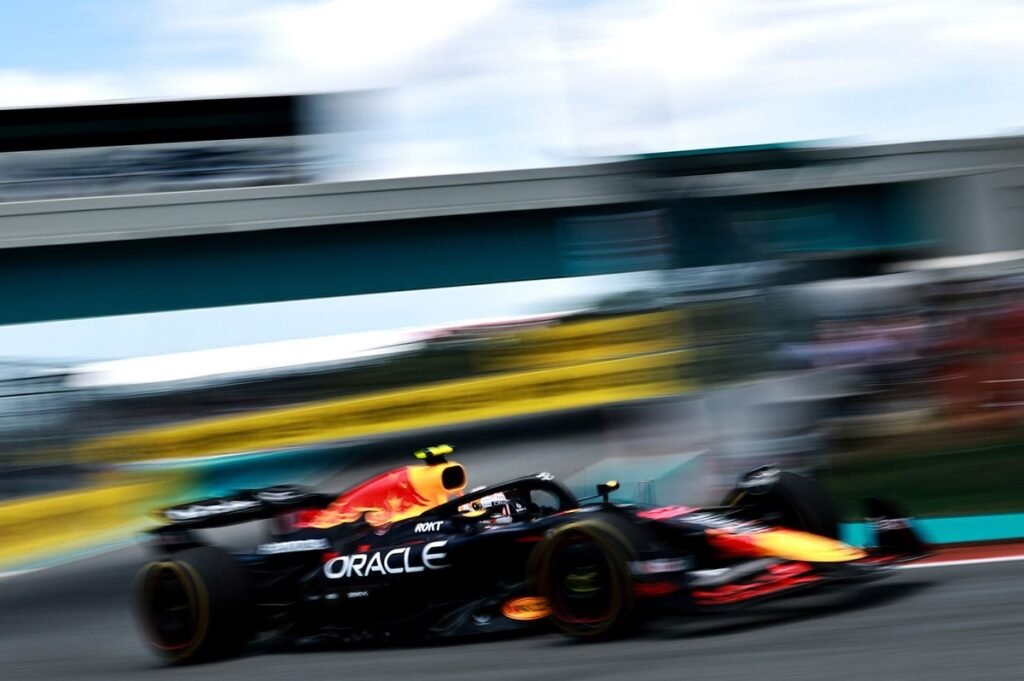Red Bull’s Christian Horner Advocates for Energy Deployment Adjustments in 2026 F1 Regulations
Christian Horner, Team Principal of Red Bull Racing, has expressed concern over the potential challenges posed by the new energy deployment rules set to take effect in the 2026 Formula 1 season. Following the recent F1 Commission meeting, where team representatives convened with the FIA and FOM to discuss future regulations, Horner warned of the risk of excessive lift-and-coast strategies during races.
Key Insights from the F1 Commission Meeting
The focus of Horner’s assertions centers on the increased reliance on electrical components in the new powertrains, which may force drivers to conserve battery power excessively, potentially compromising competitive racing. "Drivers might be compelled to lift and coast into slower corners," he stated, underscoring the necessity for a reevaluation of the energy deployment strategy.
Horner indicated that a consensus among manufacturers exists regarding the inadequacies of current proposals. He referenced previous comments from Toto Wolff of Mercedes, who criticized any reduction in energy deployment as "a joke."
Proposed Changes to Energy Deployment
In response to these concerns, the FIA has suggested adjustments to energy deployment, including reducing the power band during races or implementing a progressive ramp-up of available energy to prevent early depletion of battery power. "The FIA has taken a solid look at these regulations, acknowledging that a significant amount of lift-and-coasting could frustrate drivers," Horner remarked.
This change could help ensure that power units maintain their performance characteristics throughout the race without necessitating extreme conservation strategies, even in qualifying scenarios.
The Impact of Changed Regulations
Horner emphasized that any adjustments proposed would not alter the fundamental specifications of the power units but would ideally enable a strategic "push-to-pass" system. He noted, "It doesn’t change the maximum power of these engines, it’s just about managing the deployment," suggesting that this could enhance overtaking potential.
Notably, the 2026 regulations already include a "manual override mode" to facilitate increased power access for drivers in close racing situations, further underscoring the need for a balanced approach to energy management.
Conclusion and Next Steps
Horner’s call for a regulatory review highlights the intricate balance necessary to foster competitive racing in the sport’s future. He urged stakeholders to consider the broader implications of lift-and-coast strategies in a championship context, advocating for a "super majority" to facilitate these critical changes within regulatory frameworks.
As the motorsport community prepares for the 2026 transition, effective management of energy deployment will be vital to ensuring an engaging spectacle for fans and participants alike.


